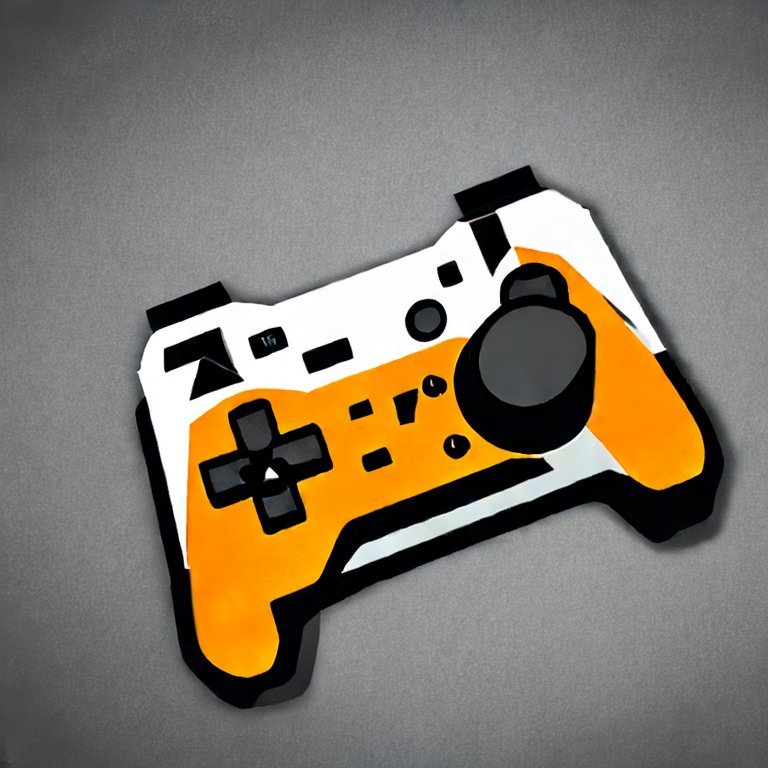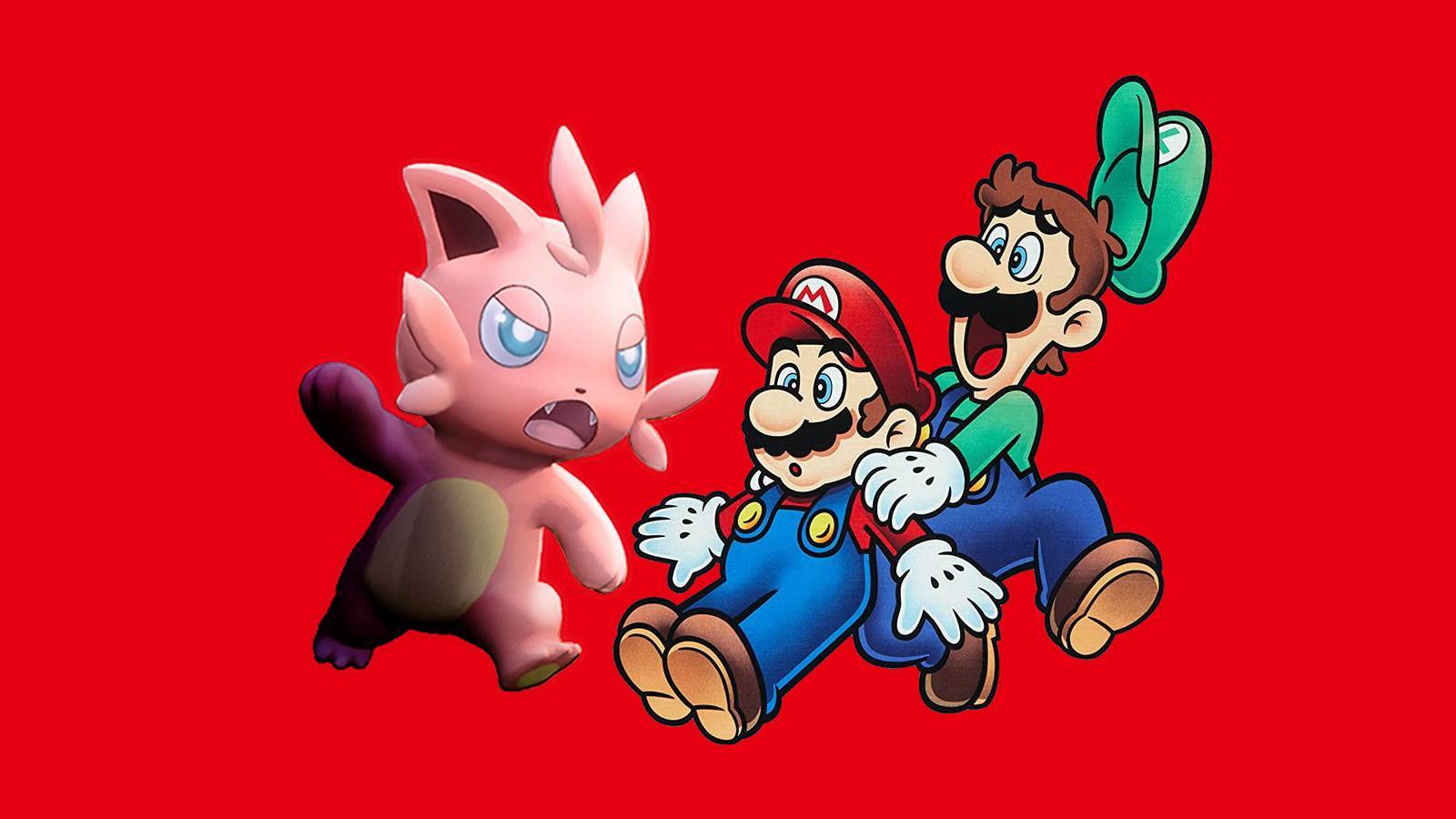- cross-posted to:
- games@lemmy.world
- nintendo@lemmy.world
- cross-posted to:
- games@lemmy.world
- nintendo@lemmy.world
Japan’s patent office has rejected a Nintendo application related to its Palworld lawsuit, citing a lack of originality. The decision raises questions about the validity of several Nintendo patents describing creature capture systems that are central to the company’s complaint against Palworld.
…
In late October 2025, the Japan Patent Office rejected Nintendo’s patent application no. 2024-031879, which is related to the family of creature-capture patents that Palworld is accused of infringing. A JPO patent examiner found that the application lacks originality to be deemed an invention, citing prior art such as Monster Hunter 4, ARK: Survival Evolved, gacha browser game Kantai Collection, Pocketpair’s own Craftopia, and even Pokemon GO. All of those were released prior to the December 2021 priority date from the rejected application.
Nintendo has 60 days from the date of its rejection notice to amend its application or appeal the decision, giving it until late December 2025 to do so. Since the application isn’t cited in the Palworld patent lawsuit directly, its rejection won’t have a direct impact on the ongoing case. However, as explained by Games Fray’s analyst Florian Mueller, the newly rejected application is a “key building block” in Nintendo’s strategy to capture a wide range of creature-capture system implementations. It is the child of patent JP7493117 and the parent of JP7545191, both of which are cited in Nintendo’s complaint.
tl:dr;
The Nintendo v PalWorld lawsuit is still on going, but Nintendo has been told it’s attempt to patent the concept of a capturable and summonable creature is invalid, in Japan.
As part of their ongoing lawsuit, Nintendo is claiming PalWorld has violated those… now invalid patents, so Nintendo’s overall case against PalWorld is now significantly more weak.



The rejected patent is both a child, and parent of patents cited in the lawsuit.
Read that last quoted sentence again.
Or, preferably, the entire article instead of just my attempt at summary.
So, sure, it doesn’t directly effect JP7493117 in the case, as it came afterward… but it does make Nintendo’s use of JP7545191 in the lawsuit look less credible.
That and the… entire fact that Nintendo is very obviously spamming the patent system.
I’m getting this out of a translator:
The lawsuit against Palworld began on September 18 2024.
Here’s that last actual patent, a child of the one just rejected.
https://www.j-platpat.inpit.go.jp/gazette_work/domestic/A/506149000/506149500/506149570/506149570/81172F8A4D01121A951168F211E11D1CE8AC3BF517A968A3D7D6F42FF3633488/JPA 2024149570-000000.pdf
Now, I am not a lawyer, don’t speak barely any Japanese, and am certainly not a Japanese lawyer… but…
This is from the translated summary from the webportal, I am unable to directly link to that page as it is using java or wasm or something, but here’s the header / part of the abstract:
(Reiwa roughly means Imperial Era, its kind of a cultural artefact / quirk of their calendar system. Reiwa 6 began in 2019.)
This patent (JP7545191) was published… after… Nintendo’s lawsuit began.
Meaning that Palworld is being sued, at least in part, for violating a patent that did not exist prior to the start of the lawsuit, muchless prior to PalWorld’s initial release, a patent which builds off of the failed patent that this article is saying was just struck down and would need to be appealed.
So… again not a lawyer, but that seems like insane bullshit that would piss off a judge, to me.
Thanks, I did miss that one was a child of the rejected patent. That said, child status only means that the patent is based on the parent invention, not that a dependency tree for the patents’ validity. I’ve confirmed that this is true in Japanese law as well after searching it up:
https://shigapatent.com/wp-content/uploads/2023/04/Divisonal-Application.pdf
I would wait for the patents actually used in the lawsuit being invalidated before cheering.
This is true regardless of whether or not the patents are invalidated.
Reiwa is the imperial era beginning in 2019, meaning Reiwa 1 is 2019 and Reiwa 6 is 2024. The name translates to “Fine Harmony”. The more you know!
So, you read:
And came away with:
… I don’t know what to say other than I feel you are wrong, the parts of JP545191 that are reliant on its rejected parent would or could now be rejected, possibly, rendering JP545191 only partially valid, in some regards, not its totality.
So… that that is even a possibility now does mean that Nintendo’s position in the PalWorld lawsuit is weaker.
EDIT:
[At least by US law… yeah, it does not always work, but sometimes, if you invalidate a parent patent, you can partially or wholly invalidate the child patent… though I am sure the precise legal procedures for doing this are incredibly esoteric to even attempt.
So that would now be a potential legal line of attack (defense?) for PalWorld]
But, I will thank you for the correction on how Reiwa … uh, counting works, lol.
So its like… “year 6 of current era”, which began in 2019. Got it!
Thanks!
Thing is, the heading says that the reason the child patent is filed is specifically to make its claim still stand even if the parent patent is invalidated. I would expect that Nintendo’s big-suit lawyers have engineered the patent to have minimal overlap with parts that may be invalidated. Child patents are not for amending the original patent’s claims but to file a new ones.
Here are the other reasons the documented said you might want to file a child patent:
Sorry I got in qn edit after your post, but basically, PalWorld can now just directly challenge the validity of the child patent, probably in this case or as an adjoiner to it.
It isn’t guaranteed to work, but it’s a clear option now.
Beyond that:
So, 1 makes sense from the perspective of trying to keep the entire patent system… some level of sane.
But, normally, you’d file all of those children patents basically all at the same time time.
Here’s my thing I invented, it does a lot of crazy new shit, heres the thing, here’s crazy thing 1, 2, 3, etc.
For point 3… I have read through some of the US patents Nintendo has been filing recently, and one thing that greatly confuses me is that they almost always literally include diagrams of and a multitude of specific references to specific Nintendo hardware.
I am not sure if this is their US legal team just following Japanese norms and potentially giving a challenger an out, on the grounds that… they’re not claiming to do some patented thing on say a Switch…
Or, if this actually makes sense and would work within the US legal system.
I’ve read a number of other US patents in my time and… I at least have not seen too many conceptual, software method concepts that can be broadly applied to nearly any hardware… be so specific with their example use case.
And for point 4… I mean yeah, that’s the ‘flood the patent office’ strategy where you’d do that basically just if you are iterating on something you already hold… but… that seems dubious when the parent patent fails, beyond generating more paperwork for the lawyers.
I guess it also effectively restarts any kind of timer for patents that expire after some amount of time… if that is a thing that happens. It is in the US at least.